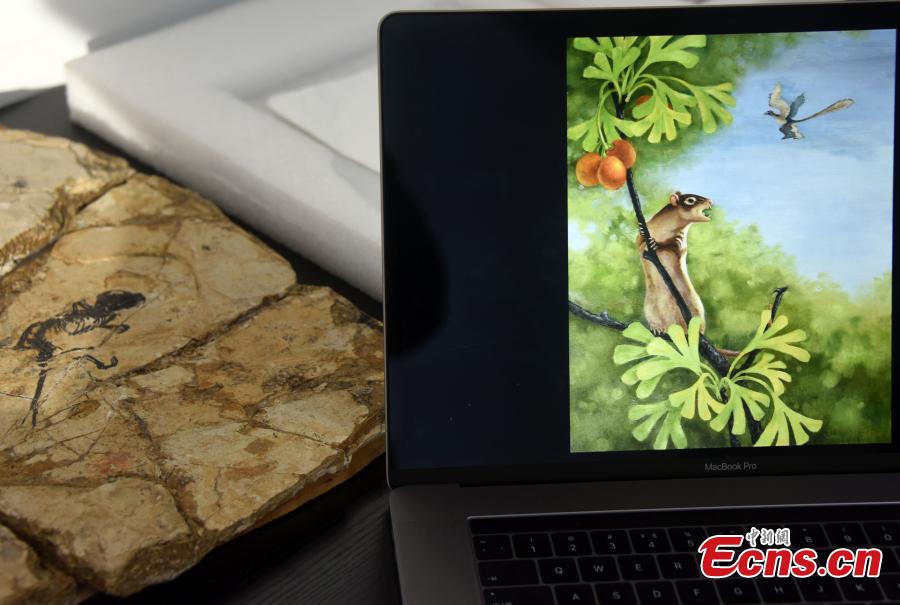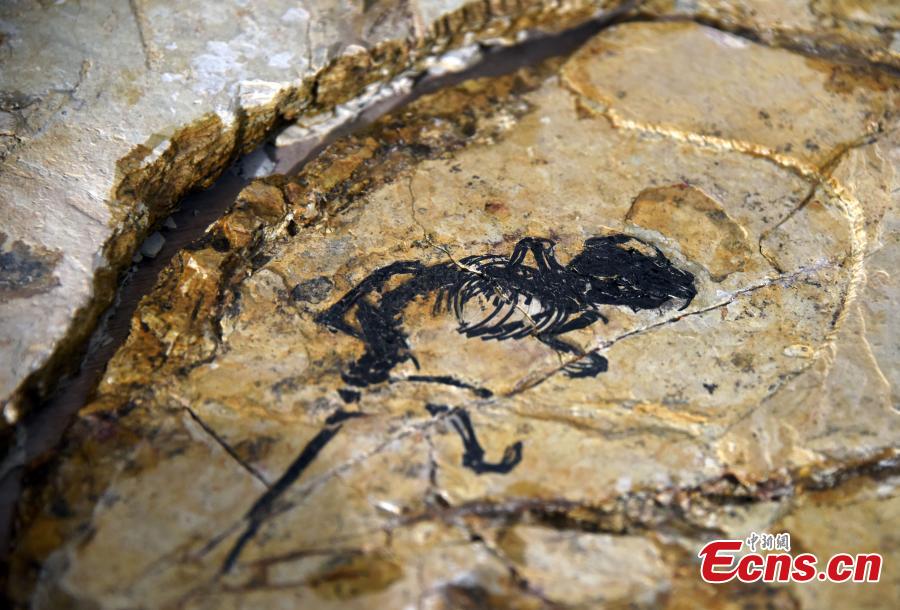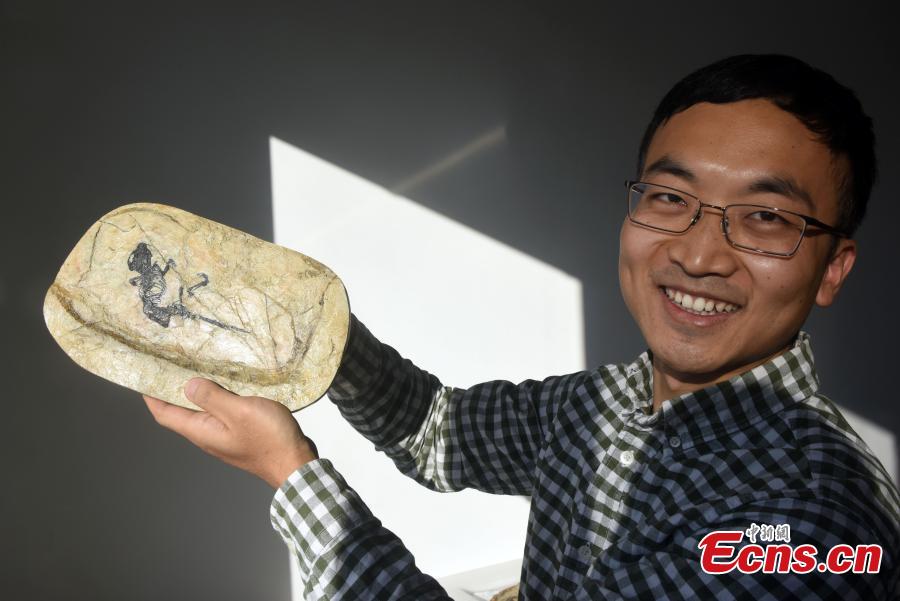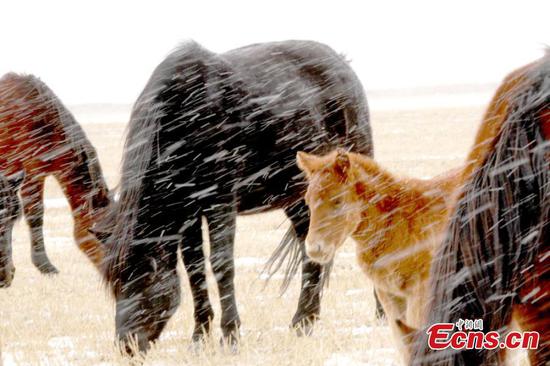
A new species of rodent-like mammal discovered by researchers in China is shedding light on an unheard of form of hearing. Well preserved fossils of the creature, dubbed Jeholbaatar kielanae, were discovered in the Jiufotang Formation in China’s Liaoning Province, and studied by the Institute of Vertebrate Paleontology and Paleoanthropology in Beijing. Scientists say the ancient mammal, which comes from a species called multituberculates, lived about 120 million years ago, meaning it co-existed with dinosaurs during the Cretaceous period. (Photo: China News Service/Sun Zifa)

A new species of rodent-like mammal discovered by researchers in China is shedding light on an unheard of form of hearing. Well preserved fossils of the creature, dubbed Jeholbaatar kielanae, were discovered in the Jiufotang Formation in China’s Liaoning Province, and studied by the Institute of Vertebrate Paleontology and Paleoanthropology in Beijing. Scientists say the ancient mammal, which comes from a species called multituberculates, lived about 120 million years ago, meaning it co-existed with dinosaurs during the Cretaceous period. (Photo: China News Service/Sun Zifa)

A new species of rodent-like mammal discovered by researchers in China is shedding light on an unheard of form of hearing. Well preserved fossils of the creature, dubbed Jeholbaatar kielanae, were discovered in the Jiufotang Formation in China’s Liaoning Province, and studied by the Institute of Vertebrate Paleontology and Paleoanthropology in Beijing. Scientists say the ancient mammal, which comes from a species called multituberculates, lived about 120 million years ago, meaning it co-existed with dinosaurs during the Cretaceous period. (Photo: China News Service/Sun Zifa)























